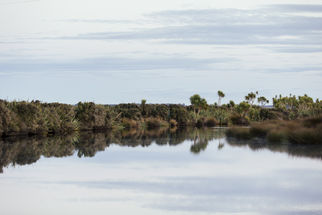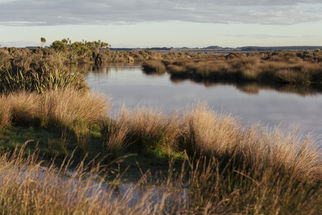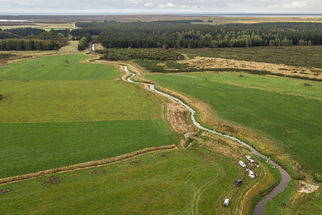
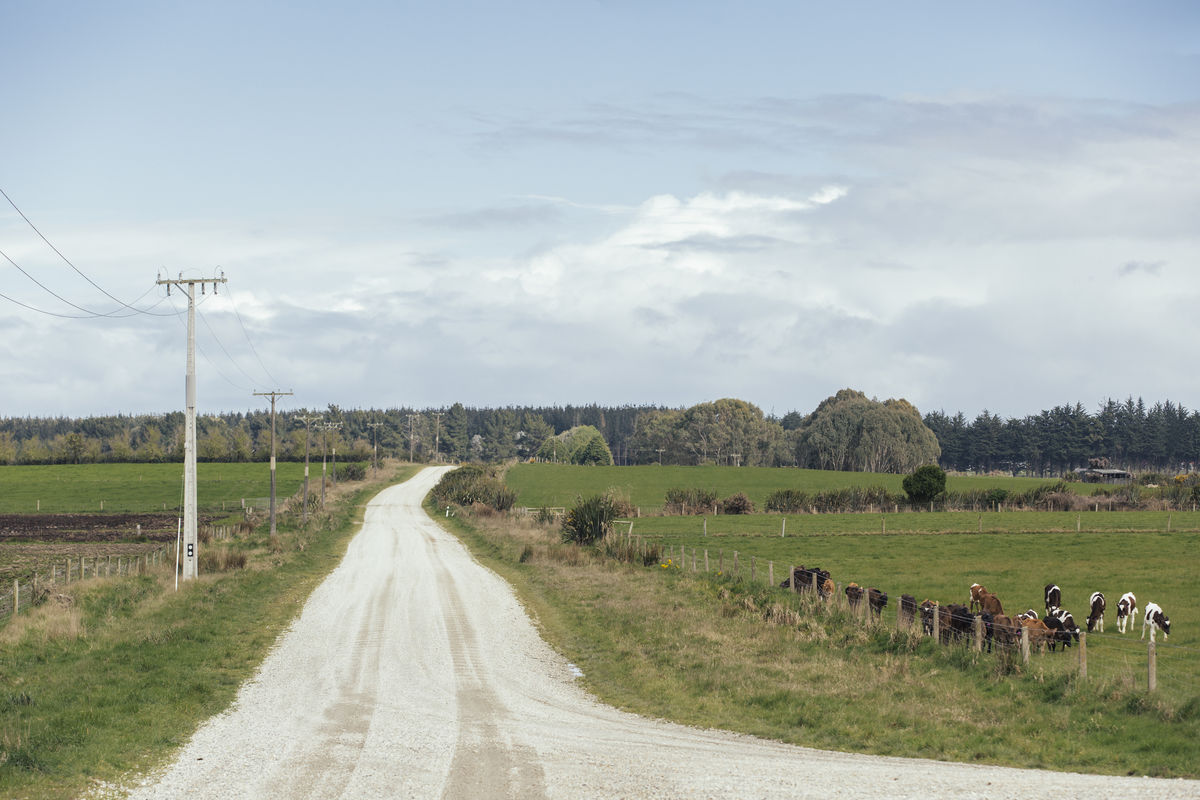
Physiographics Project
Physiographics technical reports
What is physiographics?
The physiographic approach is an integrated or ‘systems view’ that combines landscape attributes, such as soil type and topography, with the key processes affecting water quality in surface and shallow groundwater. Unlike other mapping and classification approaches, the physiographic approach incorporates water quality, physical, chemical and hydrological reactions into a spatial format to identify, select, combine and classify the natural landscape factors that cause variations in water quality. Areas that have similar attributes and hydrology are called Physiographic Units (PGU).
What was the purpose of the Living Water investing in physiographics?
In 2016 Living Water commissioned Land and Water Science to complete a desktop ‘physiographics’ project to map how water travels over land and below ground in the Waituna lagoon catchment, under different rainfall conditions. The physiographic information has subsequently been used by Fonterra as an extra layer of information in their Farm Environment Plans in Waituna and by the Whakamana Te Waituna (WTW) project, in which Living Water is a partner. WTW is working to reduce the impacts of ground and surface water contaminants, particularly high levels of suspended sediment, nutrients (nitrogen and phosphorus), and microbial contamination, on Waituna Lagoon and its tributaries. The physiographics approach has provided the necessary information to enable WTW to prioritise nutrient and sediment mitigation tools across the catchment, and invest the right solutions in the right place to improve water quality.
Who could use physiographics?
Catchment groups, landowners, regional and territorial councils Those working in catchment and land management
How does physiographics work?
The physiographics approach shows how water (and the contaminants within it) travels above and below ground under different levels of rainfall. It gives landowners a better understanding about where best to put contaminant management interventions to improve water quality leaving farms. The project began in late 2016, and was completed in June 2018 when all the mapping work was combined and an interactive GIS platform went online. If you want to understand the different environmental settings in Waituna, such as soil type or groundwater levels (and much more!) have a look here: Background and technical information or if you want to see where nitrogen or phosphorus loss occurs in the catchment, have a look here: Waituna Catchment, Physiographic Units and Inherent Risk to Water.
What did Living Water learn from using physiographics?
The biggest takeaway from this project was how important it is to understand what the problem is before you start to solve it. The physiographic mapping allows us to understand the problem before undertaking any interventions, either on-farm or at a catchment scale. The mapping shows where high sources of contaminants are likely to be, then the right tool can be used in the right place along with better land management practices. For example this information has shown where in the catchment to place the peak run-off control structures to target sediment and overland flow and which areas of land might be suitable for alternative uses and where large-scale wetlands could be most effective.
LAND & WATER SCIENCE INTERACTIVE STORY MAPS:
Background and technical information
Waituna Catchment, Physiographic Units and Inherent Risk to Water
More information:
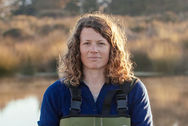
Nicki Atkinson

Dr Clint Rissmann
Partnerships and Impact Manager Nicki Atkinson talks us through the physiographics project
